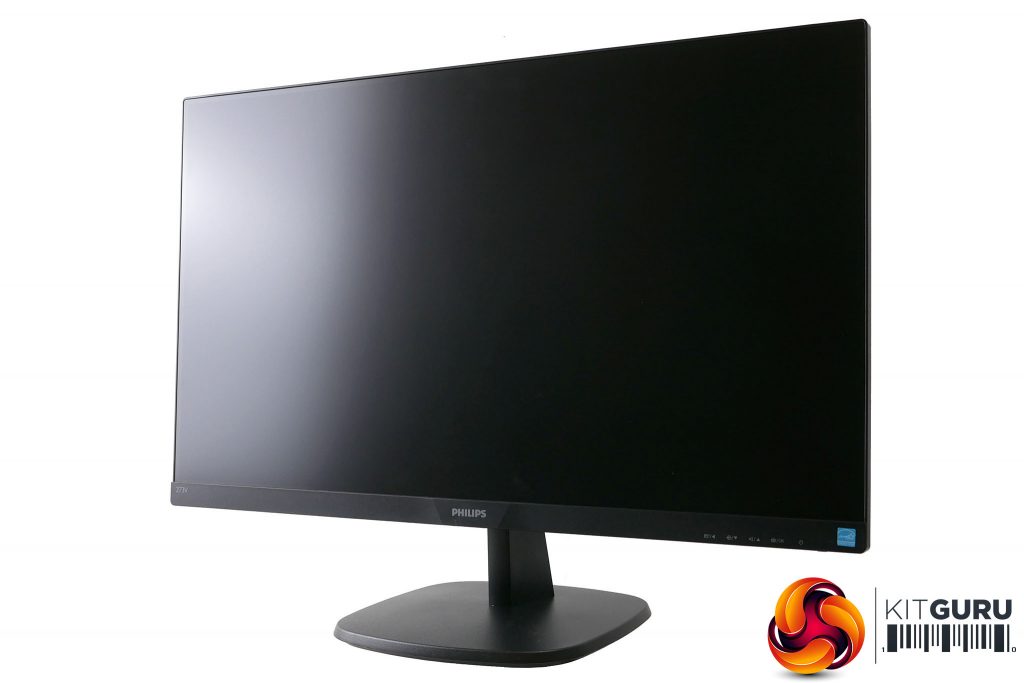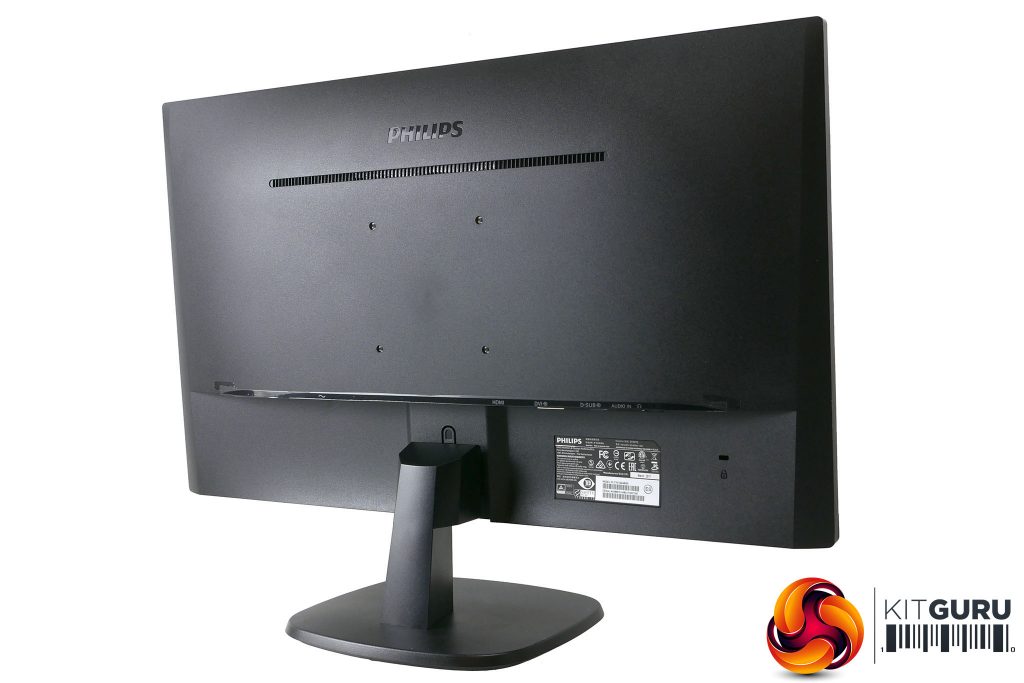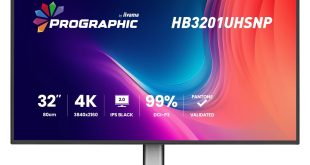The first of this display’s two main features that put it above the cheapest options out there is its narrow border design. The front pane of plastic that covers the screen extends out over the edges of the surround, creating the illusion that the edges are just 2mm or so wide. That is, when the screen is off. Turn it on and you can clearly see the wider black surround underneath the plastic, but the effect still works well to create a slimmer, smarter-looking display.
Elsewhere, the 273V7QDAB has a simple but attractive design with a grey Philips logo on the lower bezel, a matt black plastic rear and a plain black plastic stand. The latter simply clips onto the bottom of the display and offers no adjustment other than the ability to tilt the display forward and back by -5/+20 degrees.
If you’d rather be able to adjust the height of the display – other than by stacking it on a pile of books or such like – the 273V7QDAB offers the ability to attach an alternative stand or monitor arm via a set of 100x100mm VESA mounting points on the rear.
Build quality, meanwhile, is entirely adequate with the only thing of note being that the base and stand are all plastic with no metal reinforcement, so you’ll need to be a little careful with how you adjust the tilt and place the monitor down.
Connectivity
Connectivity is very basic with just one HDMI provided for modern connections. This is joined by DVI and VGA sockets for use with older systems while there’s also a headphone jack and audio input. The power supply is internal, though, so there's no annoying power brick.
The audio jacks work alongside the built-in 2x2W speakers, with the headphone jack taking over audio duties when headphones are plugged in, providing the ability to add audio to the DVI and VGA signals.
All told, if you’re after a display that can cope with a couple of modern day computers being connected to it at the same time and be a convenient USB hub for all your other peripherals, you’ll have to look elsewhere.
 KitGuru KitGuru.net – Tech News | Hardware News | Hardware Reviews | IOS | Mobile | Gaming | Graphics Cards
KitGuru KitGuru.net – Tech News | Hardware News | Hardware Reviews | IOS | Mobile | Gaming | Graphics Cards




